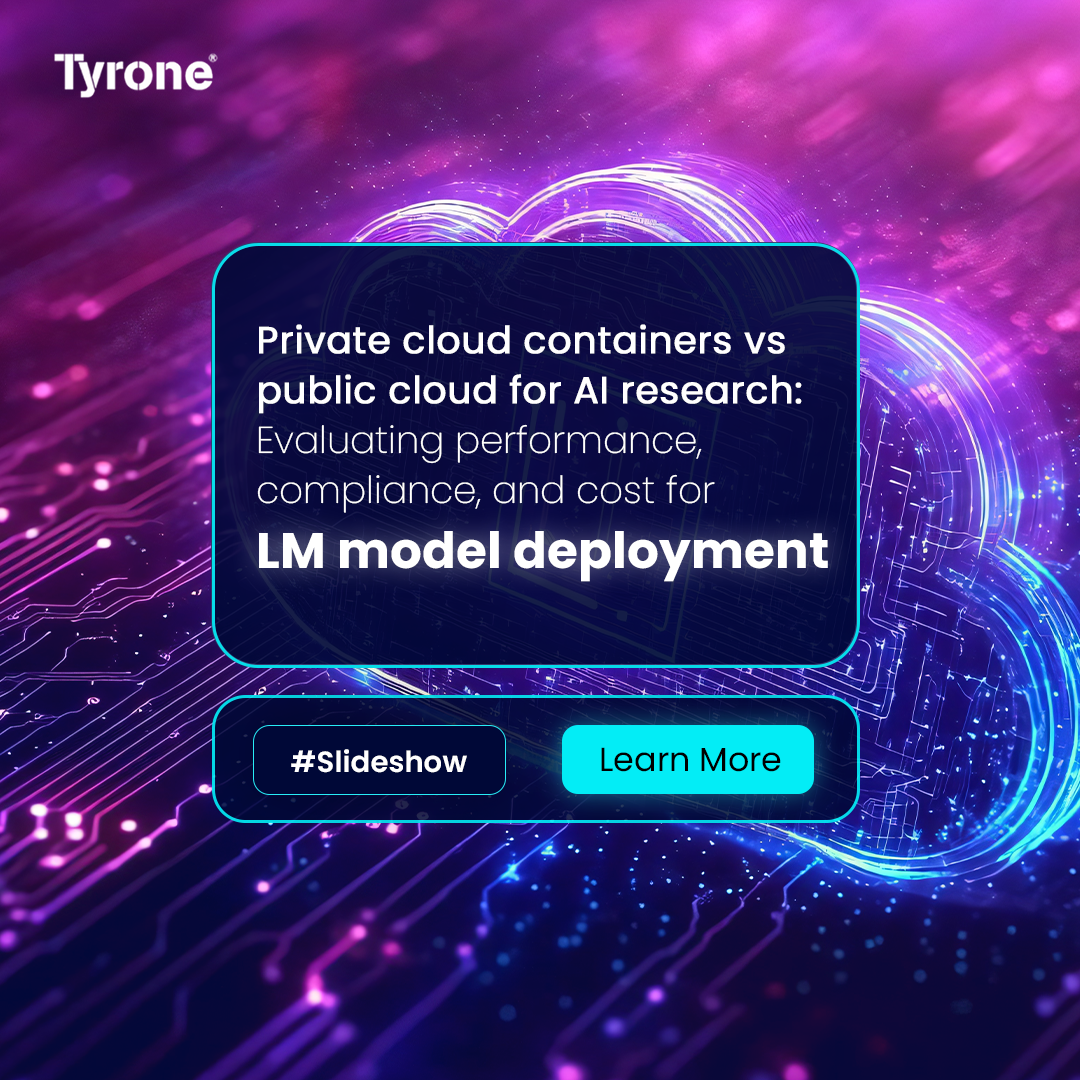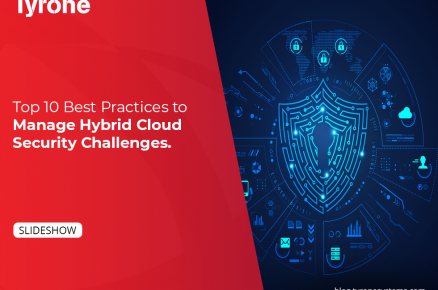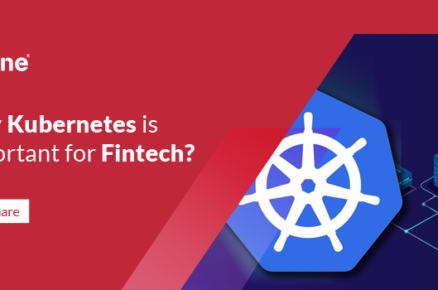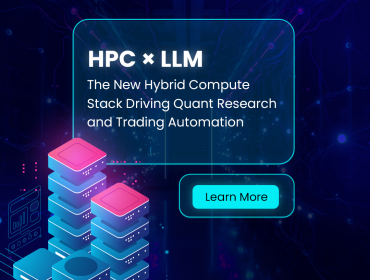The choice between private and public cloud infrastructure has become a critical strategic decision for AI research teams deploying large language models, with containerization emerging as the common deployment layer that makes true comparison possible. While public clouds offer seemingly infinite scalability and managed Kubernetes services, private cloud containers provide unparalleled data sovereignty, predictable performance free from noisy neighbors, and potentially significant long-term cost savings for sustained, high-throughput research workloads. The debate extends beyond mere technical specifications to encompass fundamental research values: does your institution prioritize the frictionless elasticity of AWS SageMaker, or the absolute compliance and control of an on-premise Kubernetes cluster guarding sensitive training data? This evaluation must weigh the burst capacity of public infrastructure against the tail latency consistency of private infrastructure, the operational overhead of self-managed private stacks against the egress fees and vendor lock-in of public platforms. In this slideshare, we break down the containerized LM deployment landscape across three critical dimensions—raw computational performance, regulatory compliance guarantees, and total cost of ownership—to help research organizations determine which cloud strategy truly aligns with their scientific and operational objectives.
Get in touch info@tyronesystems.com











